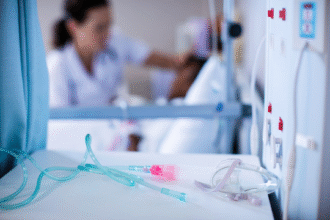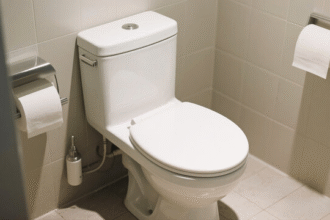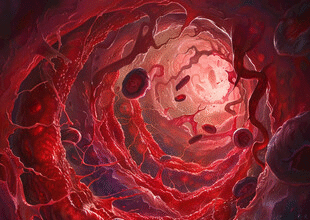Acute Tonsillitis
Acute tonsillitis is an acute inflammation of the palatine tonsils, often involving the pharyngeal mucosa and lymphoid tissue. It is most common in children and adolescents, with peak incidence during spring and autumn.
Key Points
- Caused by bacterial (e.g., Group A Streptococcus) or viral pathogens; mixed infections are common.
- Presents with sore throat, fever, difficulty swallowing, and systemic symptoms.
- Complications include peritonsillar abscess, rheumatic fever, and glomerulonephritis.
- Management includes isolation, antibiotics, supportive care, and surgical drainage for abscesses.
Etiology and Pathogenesis
- Bacterial pathogens: Group A beta-hemolytic Streptococcus (GABHS), Staphylococcus aureus, Streptococcus pneumoniae.
- Viral pathogens: Adenovirus, Epstein-Barr virus (EBV).
- Mixed infections: Bacterial and viral co-infections are common.
- Transmission: Spread via respiratory droplets, direct contact, or contaminated food.
- Pathophysiology: Pathogens invade tonsillar crypts, leading to inflammation, edema, and purulent exudate.
Clinical Features
- Systemic symptoms: Fever, chills, headache, fatigue, myalgia, poor appetite.
- Local symptoms:
- Sore throat (often unilateral initially, progressing bilaterally).
- Difficulty swallowing; children may refuse food or drink.
- Earache, tinnitus, or fullness if Eustachian tube involvement.
- Enlarged, erythematous tonsils with purulent exudate.
- Halitosis and muffled voice (“hot potato voice”).
Diagnosis
- Clinical examination: Red, swollen tonsils with or without exudate; tender cervical lymphadenopathy.
- Rapid antigen detection test (RADT): For GABHS; results in minutes.
- Throat culture: Gold standard for bacterial identification.
- Blood tests: CBC may show leukocytosis; consider EBV serology if mononucleosis suspected.
Treatment
Supportive Care
- Rest, hydration, and soft or liquid diet.
- Warm saline gargles or antiseptic mouthwash (e.g., chlorhexidine).
- Analgesics and antipyretics: paracetamol or ibuprofen.
- Ice packs or alcohol rubs for fever reduction.
Antibiotic Therapy
- First-line: Penicillin V 250–500 mg orally 2–3 times daily for 10 days.
- Alternatives (penicillin allergy):
- Cephalosporins (e.g., cefuroxime, cefdinir).
- Macrolides (e.g., azithromycin, clarithromycin).
- Severe cases: Penicillin G 2.4–9.6 million U/day IV in divided doses.
- Continue antibiotics for 2–4 days after symptom resolution to prevent complications.
Emergency Management
- Isolate patients to prevent droplet transmission.
- For peritonsillar abscess:
- Incision and drainage under local anesthesia.
- IV antibiotics (e.g., ampicillin-sulbactam, clindamycin).
Complications
- Local: Peritonsillar abscess, otitis media, sinusitis.
- Systemic: Rheumatic fever, post-streptococcal glomerulonephritis, bacterial endocarditis.
- Chronic tonsillitis: Recurrent infections due to incomplete resolution.
Prevention
- Avoid close contact with infected individuals.
- Practice good hand hygiene and respiratory etiquette.
- Complete full antibiotic courses to prevent recurrence and complications.
Patient Education
- Emphasize the importance of completing antibiotics.
- Encourage hydration and rest during recovery.
- Advise follow-up if symptoms worsen or persist beyond 7–10 days.
- Discuss tonsillectomy for recurrent or severe cases.







